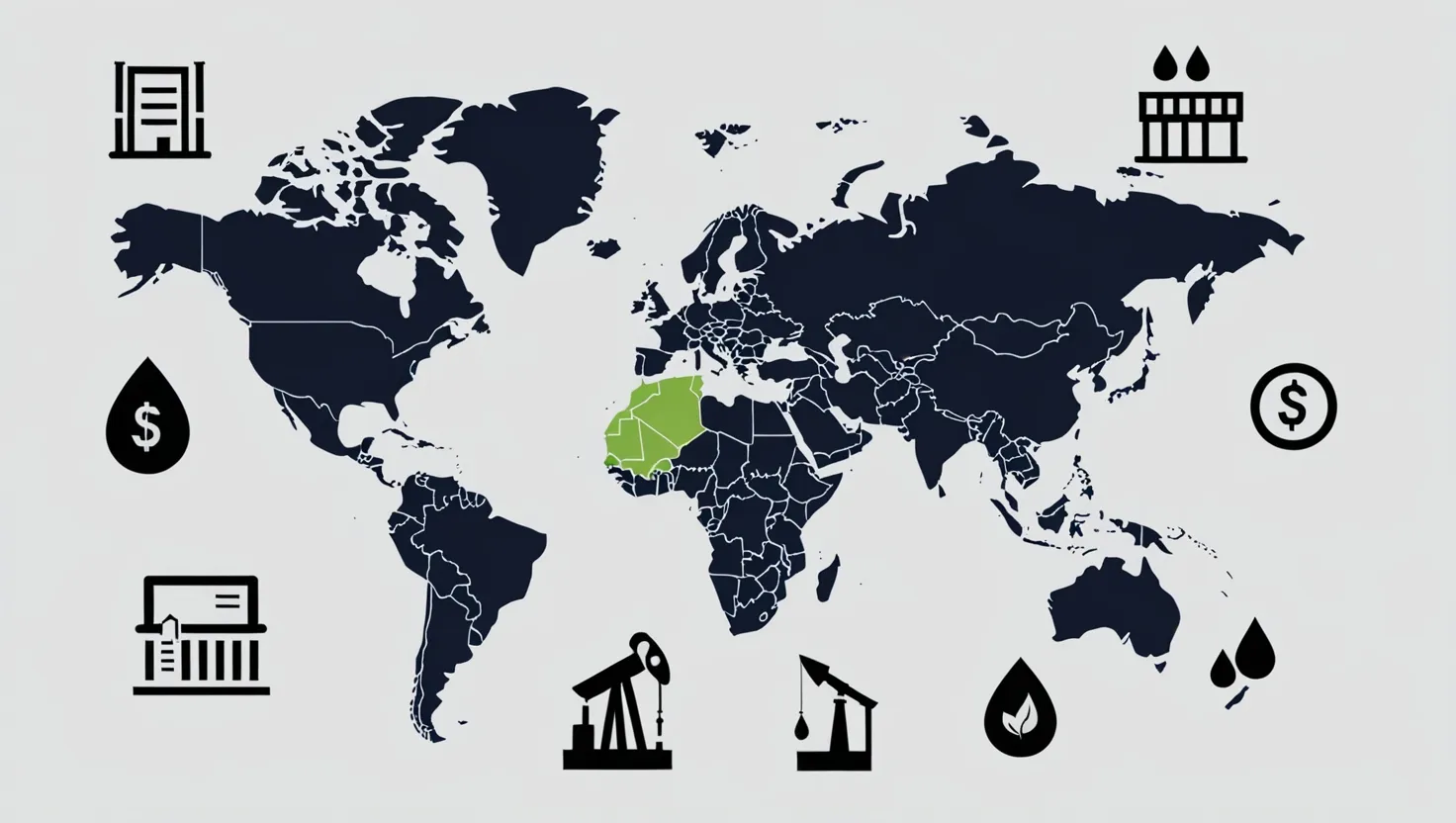As we step into the dynamic landscape of global finance in 2024, India’s economy finds itself at a critical juncture, influenced by a myriad of international financial trends. These trends are not just mere ripples in the global economic ocean; they are powerful waves that shape India’s economic policies, impact local businesses, and influence job markets in profound ways.
One of the most significant trends is the shifting of global supply chains, a phenomenon that has catapulted India to the forefront as a manufacturing hub. The Russia-Ukraine conflict, coupled with the lingering effects of the pandemic and geopolitical tensions, has prompted many companies to adopt a “China +1” strategy. This strategy involves diversifying manufacturing operations beyond China to mitigate risks, and India has emerged as a prime beneficiary.
India’s demographic strengths, robust infrastructure investments, and supportive policy initiatives have made it an attractive alternative. The “Make in India” campaign, launched in 2014, has been instrumental in enhancing skill development, fostering innovation, and creating a conducive business environment across sectors like automobiles, pharmaceuticals, and electronics. The Production-Linked Incentive (PLI) schemes have further bolstered this effort by offering financial incentives to boost domestic manufacturing and attract foreign investments.
This shift is not just about numbers; it’s about the lives of people. For instance, the telecom and handphone assembly sector has seen a significant influx of global firms, creating new job opportunities and stimulating economic growth. The strategic geographical location of India, with its connectivity to major markets in Asia, the Middle East, and Africa, adds another layer of advantage, making it an ideal hub for international trade.
However, this growth is not without its challenges. Rising interest rates in developed economies, particularly in the United States and Europe, have a ripple effect on Indian markets. As central banks in these regions hike interest rates to combat inflation, it can lead to capital outflows from emerging markets like India. This can result in a stronger dollar and higher borrowing costs for Indian businesses, potentially slowing down economic growth.
The impact of fluctuating oil prices is another critical factor. India, being a significant importer of oil, is highly sensitive to changes in global oil prices. When oil prices rise, India’s import bill swells, putting pressure on the country’s foreign exchange reserves and inflation rates. Conversely, lower oil prices can provide a welcome respite, reducing the import bill and easing inflationary pressures. This volatility underscores the need for India to diversify its energy sources and invest in renewable energy.
Speaking of renewable energy, green finance initiatives are gaining momentum globally, and India is no exception. The push for sustainable development has led to a surge in green financing, which is crucial for India’s ambitious renewable energy targets. Green bonds, impact investing, and other financial instruments are being leveraged to fund projects in solar, wind, and hydro energy. This not only helps in reducing carbon emissions but also creates new economic opportunities and jobs in the renewable energy sector.
In the realm of digital currencies, cryptocurrency regulations worldwide are evolving rapidly, and India is closely watching these developments. As countries like the United States and those in Europe formulate stricter regulations to govern cryptocurrencies, India is considering its own set of rules. The implications are far-reaching, affecting not just investors but also the broader financial system. Clear regulations can provide stability and attract more investment, while overly restrictive policies might stifle innovation.
Global inflation trends are another significant factor influencing India’s economic landscape. As inflation rates rise in developed economies, it can lead to higher interest rates, which in turn affect India’s monetary policy. The Reserve Bank of India (RBI) must balance the need to control inflation with the necessity of supporting economic growth. This delicate balance is crucial, as missteps can have far-reaching consequences for the economy.
Lastly, foreign investment patterns in emerging markets are a key trend shaping India’s economy. India has been a favorite among foreign investors due to its robust growth prospects, favorable government policies, and large domestic market. However, the flow of foreign investment can be volatile, influenced by global economic conditions and geopolitical events. To mitigate this risk, India needs to continue its infrastructure buildout and accelerate growth-enhancing reforms.
For individuals and companies, adapting to these trends is paramount. Diversifying investments, staying informed about global economic developments, and being agile in response to policy changes can help navigate these turbulent waters. Companies can benefit from investing in digital technologies and sustainable practices, not just to comply with regulations but to stay ahead of the curve.
In conclusion, the interplay between these global financial trends and India’s economy is complex and multifaceted. As India continues on its growth trajectory, it must remain vigilant and responsive to these trends. By leveraging its strengths, addressing its weaknesses, and adapting to the ever-changing global financial landscape, India can ensure a resilient and prosperous economic future. This journey is not just about economic numbers; it’s about the aspirations and livelihoods of millions of people, and it’s a story that is still being written.






